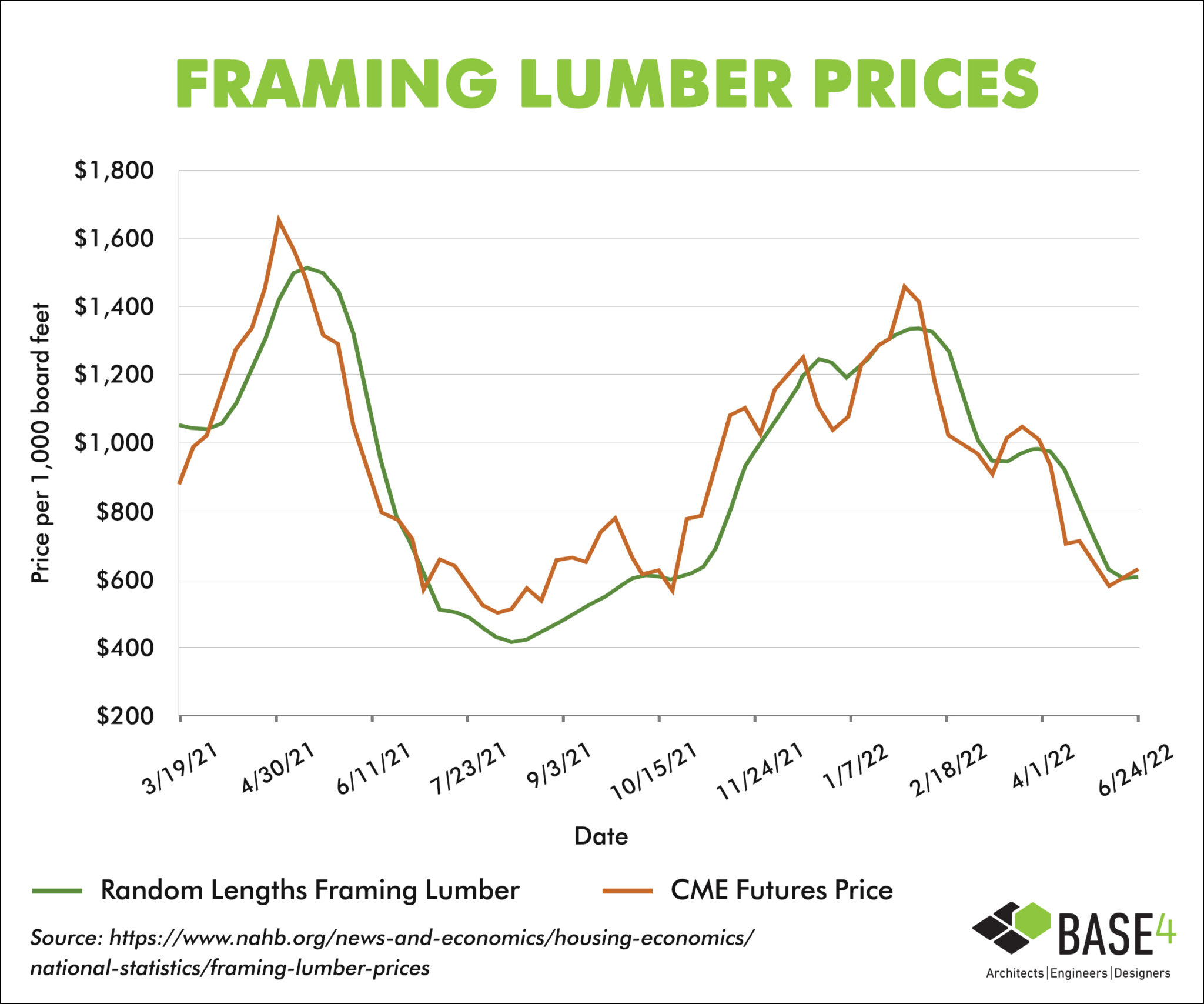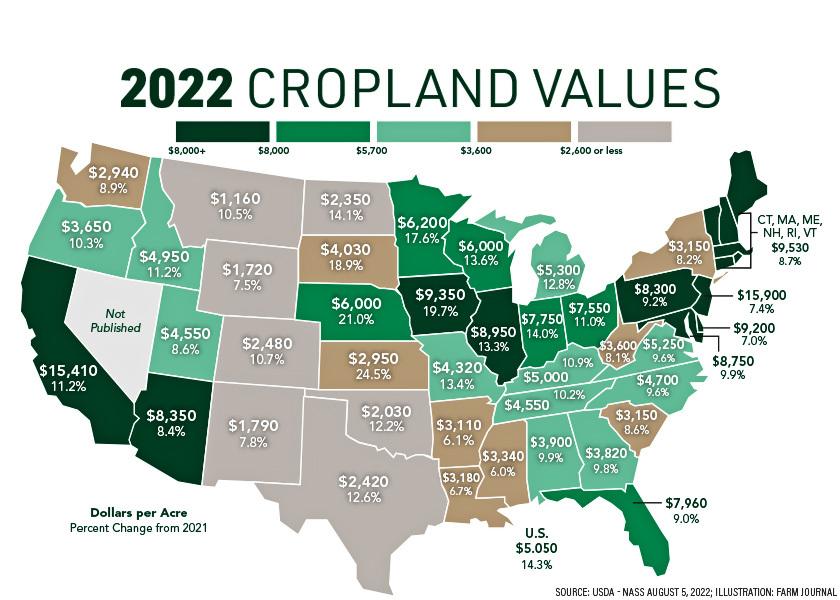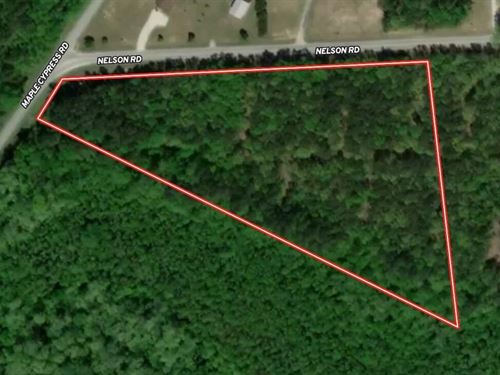Average Price Of Timber Per Acre In North Carolina Today

North Carolina landowners are facing a fluctuating timber market. Recent data indicates significant shifts in the average price per acre, demanding immediate attention from both sellers and buyers.
Understanding the current timber prices is critical for informed decision-making in the forestry sector. This report delivers a concise overview of today's timber market in North Carolina, providing essential data for navigating this dynamic landscape.
Current Timber Prices: A Snapshot
As of today, October 26, 2023, the average price of timberland in North Carolina ranges from $2,500 to $5,000 per acre. This figure represents a composite average, incorporating various factors influencing the market. These factors include timber species, stand age, accessibility, and geographic location.
Hardwood timber, particularly oak and hickory, is fetching prices at the higher end of the spectrum. Pine plantations, especially those nearing maturity, are also commanding strong prices due to their potential for immediate harvest.
Regional Price Variations
Prices vary significantly across the state's different regions. The Coastal Plain typically sees lower prices, owing to the dominance of pine plantations and ease of access for harvesting operations. The Piedmont region often has higher prices due to the scarcity of large, contiguous tracts of timberland.
In the Mountain region, prices can fluctuate drastically. This fluctuation is due to the difficulty of logging on steep terrain and the variable quality of hardwood stands.
Factors Influencing Timber Prices
Several key factors are driving the current timber market dynamics. Demand from sawmills and pulpwood facilities remains a primary influence. Housing starts and overall economic activity play a vital role.
Weather events, such as hurricanes and prolonged droughts, can also impact timber availability and prices. Changes in government regulations regarding forestry practices can also cause shift in prices.
Furthermore, the increasing interest in sustainable forestry and carbon sequestration is creating new market opportunities. These opportunities impact long-term timber value.
Expert Insights
"The timber market is currently quite volatile,"warns Dr. Sarah Johnson, a forestry economist at North Carolina State University. "Landowners need to stay informed and seek professional advice to maximize their returns."
According to Mr. John Smith, a consulting forester with Acme Forestry Services, landowners should focus on stand management to enhance timber quality and volume. "Proper thinning and prescribed burning can significantly increase the value of your timberland," he advises.
These experts advocate for proactive forest management. This ensures long-term sustainability and profitability.
Recommendations for Landowners
Landowners considering selling timber should obtain a professional timber cruise. This establishes an accurate estimate of timber volume and value. Compare bids from multiple buyers to ensure a competitive price.
A written timber sale contract is essential. It should clearly outline the terms of the sale. Seek legal counsel to review the contract before signing.
Consider the long-term implications of harvesting. Implement reforestation plans to ensure sustainable timber production.
Ongoing Market Monitoring
The North Carolina Forest Service and various forestry associations actively monitor timber market trends. They provide resources and information to landowners.
Staying informed through industry publications and attending forestry workshops is crucial for navigating the evolving market. These resources help landowners make informed decisions.
Continued monitoring of market indicators, such as housing starts and mill inventories, is essential. This will enable proactive adjustments to forestry management strategies.



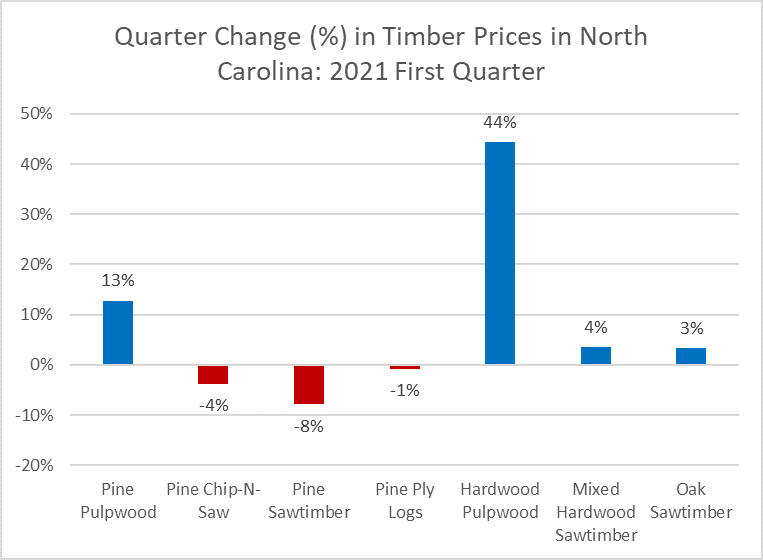

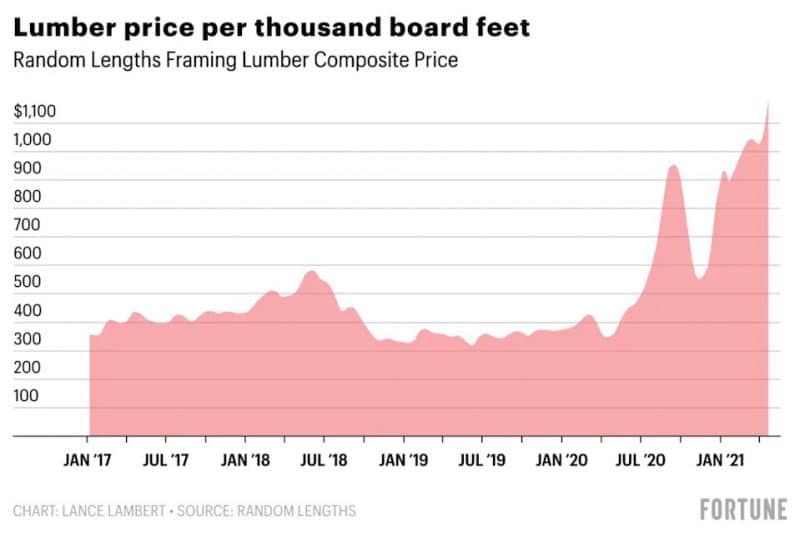

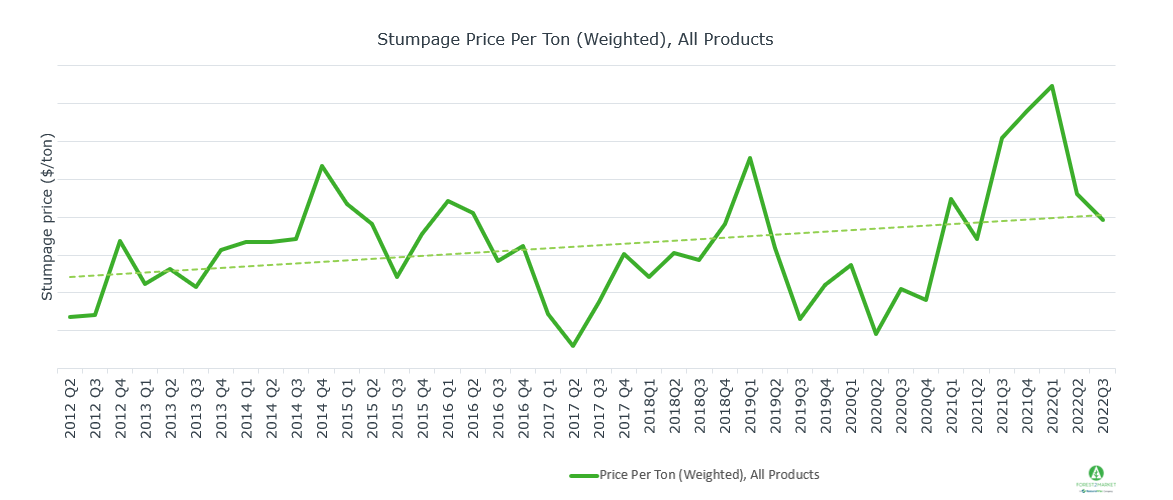

![Average Price Of Timber Per Acre In North Carolina Today [2025] Land Value Estimator: U.S. Price Per Acre Guide](https://sellthelandnow.com/wp-content/uploads/2023/10/map-2-1-768x548.png)



